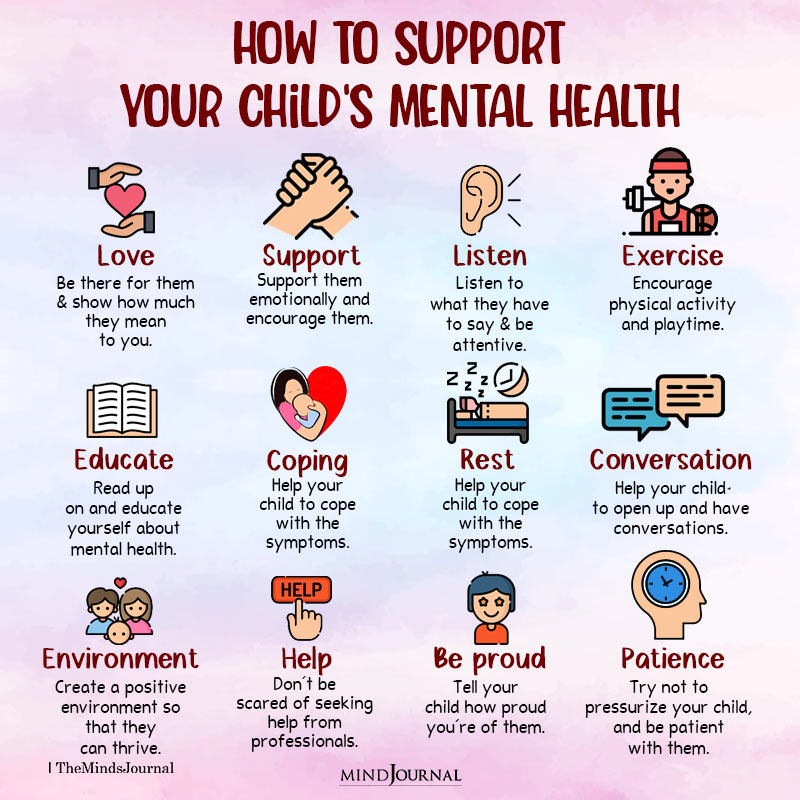What is sittervising? Have you ever found yourself observing your child’s every move while babysitting? Then it is either time to change your tactics or stop scrutinizing them too much. This new trend in social media has replaced the hands-on approach to parenting called sittervising.
Sittervising is a way of parenting coined by former teacher Susie Allison emphasizing the promotion of independence among children. Allison, therefore, introduces sittervising as an approach that allows parents to back off at times.
We are going to break down what is sittervising and how it can make your parenting even better in this blog. We will also guide you on what does sittervising work as. Prepare for an entirely different manner of helping your children become independent!
What Is Sittervising?
According to Allison, sittervising means sitting down while watching your children. She stresses that there is no need to constantly watch kids play or to feel compelled to join them for every moment of play.
In her video caption, Allison states, “Kids need to play without adults. Adults need time to recharge from kids.”
Sittervising is contrasted with helicopter parenting as she explains that independent play is a must if children will develop well.
Playing all the time with children causes them to miss out on some essential aspects of playing like self control and spatial perception, risk management and conflict negotiation
Looking at the practical ways of helping children gain problem solving skills and also have increased cognitive development it leans toward children. How does it work?
Read More: A Closer Look: Pros and Cons of the Permissive Parenting Approach
How Does Sittervising Work?
Sittervising is a balance between hovering around children and doing nothing about them.
Though “sitting” implies that a parent is not actively involved, Allison explains that this does not necessarily require one to be sitting on a chair or sofa.
She explains, “Sittervising works as a catch-all anytime a parent is making an active decision to allow children playtime while the parent does something else.”
According to her, play is an important way of learning for children particularly in their early years. Nevertheless, even with good intentions, adults may inadvertently modify play and undermine some of its educational advantages.
That does not mean parents should not play with their kids; in fact, investigation shows that playing together contributes to building a healthy, secure and nurturing relationship.
Read More: Top 10 Fun Activities For Kids
Allison draws on the research of Peter Gray, a retired psychology professor at Boston College, who specializes in studying the impact of children’s play. Gray defines play as “voluntary, self-directed, and imaginative,” and he argues that involving an adult in play can compromise these essential qualities.
Now, let’s explore the benefits of sittervising!
Benefits Of Sittervising
Researchers emphasizes that one of the primary benefits of sittervising for children is the cultivation of independence and self-sufficiency.
Following are the benefits of sittervising that you can expect from this method:
1. Helps With Mental Health Issues
Children are able to explore their environment, toys, and activities with a reliable presence of an adult while still having a sense of control.

Particularly beneficial for ‘special children‘ and those experiencing separation anxiety, sittervising serves as a supportive safety net during their play time.
Furthermore, its practice helps in developing the socialization skills as noted by child development professionals and provides opportunities for insta-friendships across a variety of contexts.
Read More: What Is Child Development? Understanding the 5 Crucial Stages of Child Development
2. Increases Curiosity
Besides training independent play skills, sittervising extends to other areas. Child development specialists assert that it allows children to interact with the larger environment such as peers.
Granting children the freedom to explore without constant parental intervention enhances their overall exploration and social interaction experiences.
3. Healthy Relationship With Your Child
Contrary to common misconceptions, experts assert that sittervising is not synonymous with lazy parenting.
It acknowledges that while playing with children is vital for building relationships, it doesn’t have to monopolize the entire parenting day in what is sittervising.
Researchers in child development stress the substantial benefits of sittervising in establishing a healthy parent-child relationship, emphasizing that secure attachment involves children comfortably transitioning between independence and proximity to their parents.
Read More: How To Be A Great Parent To Your Child?
4. Preventing Parental Burnout
Sittervising acts as a safeguard against parental burnout. Defined by experts as emotional depletion related to parenting, parental burnout is a significant concern.

Accepting the demanding nature of parenting, specialists note that sittervising provides parents with moments of respite—allowing them to sit, sip coffee, or scroll.
This intentional break reduces the risk of parental burnout and promotes a healthier and more sustainable approach to parenting.
Read More: Parenting Burnout: How It Can Destroy Your Marriage
So how do you start sittervising your child? Let’s have a look!
How To Start Sittervising?

Here’s a step-by-step guide on how to start sittervising your children:
Step 1: Understand The Concept
What is the meaning of “sittervising”? It means letting your child play alone while you watch from a distance. This will help them gain independence and become more creative.
Step 2: Choose a Safe Space
Choose a secure and recognizable location for your child to engage in activities. It can either be your house, compound or a nearby park. Make sure the surrounding is good for exploration.
Step 3: Start with Short Sessions
Start sittervising by having small sessions. Give a child some time to play on their own as you watch them. As such, this gradual introduction will assist them in familiarizing themselves with the idea.
Step 4: Encourage Exploration
When doing sittervising, encourage children to play with different toys, try out various things or make friends. This will enable them to think creatively, decide for themselves and get along with other people.
Step 5: Increase Duration Gradually
If you feel that it’s necessary, let your kid engage in sittervising for longer hours little by little at first. Thus they grow up knowing that there are certain things that they got to do independent of others.
Step 6: Be Present but Hands-Off
Maintain a presence during sittervising, ensuring your child’s safety without direct interference. Resist the urge to lead their play, letting them take the lead.
Step 7: Observe and Learn
While your child plays, keep an eye on his/her style of playing, what he/she is interested in and the way he/she relates with others during sittervising. By doing this, you understand better how to help them grow.
Step 8: Be Patient and Supportive
Bear in mind that both of you may need some time to get used to sittervising. Patience and support are necessary in order to encourage independent play.
Step 9: Gradual Transitions
At another time, independent play might be alternated with engaging in activities with you. They should thus go for a balance between these two extremes of sittervising.
Step 10: Enjoy Moments of Respite
Once your child learns the ropes of independent play time, cherish the breaks. You should then take advantage of this to relax and do something else shortly like taking a sip from your coffee, which can help improve your parenting experience as well as make it more sustainable.
The starting point for sittervising is about gradually taking steps towards balancing both you and your child and experiencing some positive impacts on parenting journey.
Read More: What is Dolphin Parenting Style? 5 Effective Strategies That Work Wonders for Kids
You can take a look at the following sittervising tips for parents to smooth your journey!
Sittervising Tips For Parents
Allison emphasizes the importance of continuous supervision for children, even if it’s done from a distance, maintaining visual and auditory awareness. According to her you need a clear understanding of how does sittervising work.
According to her, to ensure a safe environment, it is important to assess the surroundings and consider what the child can and cannot do. It’s about creating a space that is both safe and conducive to independent play.
Allison also suggests that parents need to let their children go and listen more to what they are saying.
Read More: Self Care For Parents: Why Is It Important?
Some examples of where to have Sittervising include backyards with a clear line of sight, during bath times of children playing in tubs safely and children’s museums.
According to Allison, people should make use of the spaces that have been specifically designed for families and kids instead of being there when activities are being done.
Allison recommends using sensory bins at home as a great way of starting sittervising, especially in winter.
According to Allison, one can start sittervising early even with a six-month-old that will be fostered as the child grows. The trick is to learn how to encourage safe exploration while also gradually disengaging from it as baby becomes more independent.
Read More: 11 Exciting Games For Kids to Play Alone
A Word From Mind Family
Finally, let’s sum up this talk on sittervising and think about how it impacts your family.
The author of “Sittervising,” Susie Allison, explains how to be a parent who is mindful – one that does not hover as well as gives the child freedom.
This guarantees the safety of your kid, provides you with an opportunity to rest, as well as prevents stretching. Therefore, beginning with what is sittervising, take it slowly, go for safe places and watch your child’s exploration.
Cheers to Living Mindfully and Parenting Deliberately Through Sittervising: From Our Family to Yours.
Frequently Asked Questions (FAQs)
1. What Is Sittervising?
Sittervising, coined by Susie Allison, is a parenting approach promoting a balance between hands-on and hands-off supervision. It allows children to play independently while parents observe from a distance, fostering independence and creativity.
2. What Are The Benefits Of Sittervising?
Sittervising cultivates independence, supports mental health, increases curiosity, fosters a healthy parent-child relationship, and prevents parental burnout.
3. How Does Sittervising Work?
Sittervising is a middle ground between helicopter and permissive parenting. Parents consciously allow children independent play while engaging in other activities, promoting learning and autonomy.
4. How To Start Sittervising?
Begin by understanding the concept, choose a safe play space, initiate short sessions, encourage exploration, gradually increase duration, be present but hands-off, observe, be patient, allow transitions, and enjoy moments of respite.
5. What Are Some Sittervising Tips For Parents?
Ensure continuous supervision, create a safe environment, trust your child’s judgment, adapt to various settings, take advantage of family-friendly spaces, use engaging activities, and start early, adjusting as your child grows.

















Leave a Reply